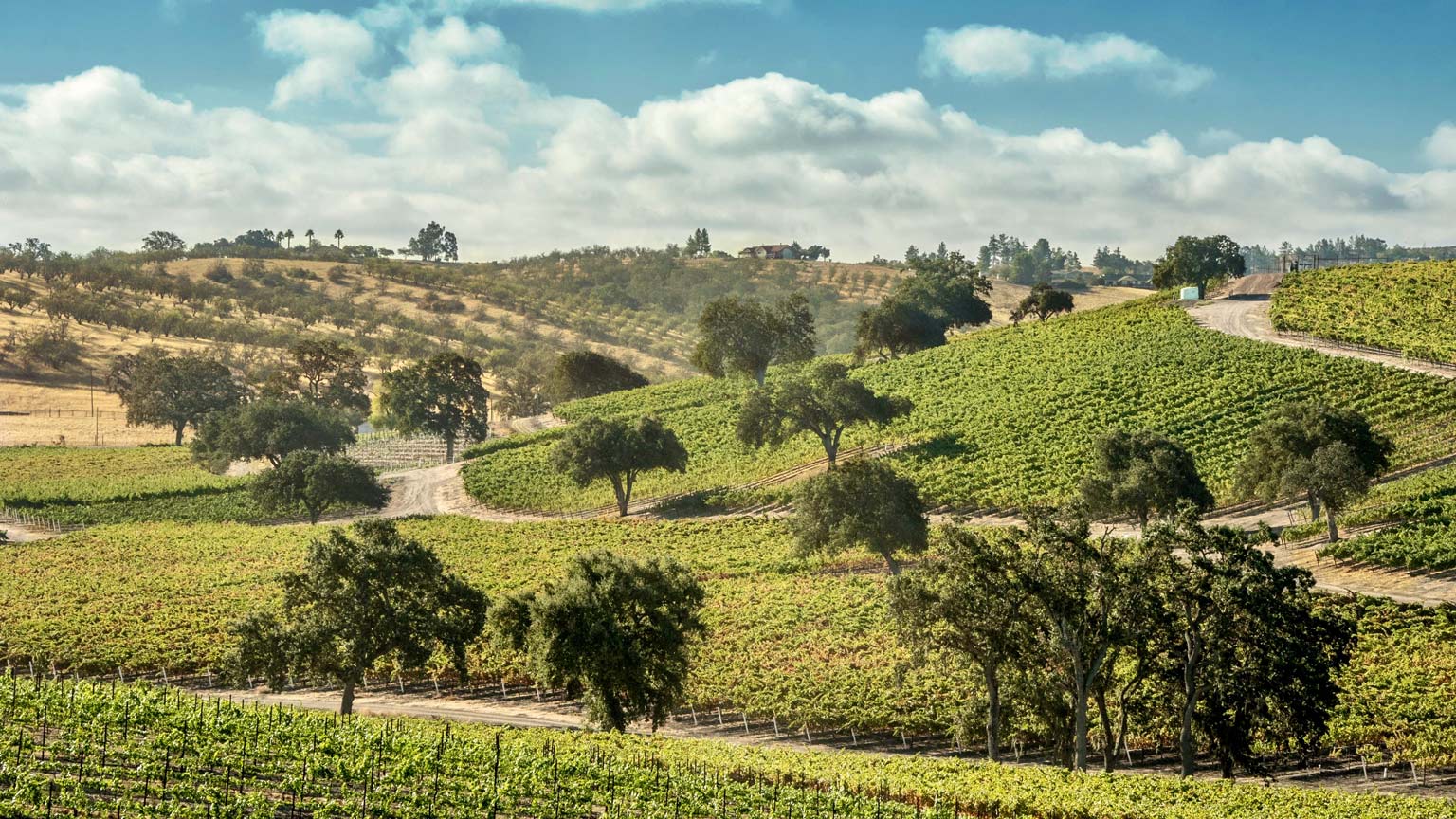Nose
The nose shows intense plum and mixed
berry aromas, with a hint of vanilla.
Palate
Cherry
and raspberry flavors are incredibly fresh on
the palate, with dusty tannins balanced by
generous acidity. The finish is long and
pure, with blackberry flavors slowly fading
to leave a cassis-like impression.
Growing Conditions
The 2013 Angel Camp Vineyard Pinot Noir represents our top barrel blend from this
impressive young vineyard. With seven different clones planted, the vineyard provides
plenty of variety to work with, presenting a unique blending challenge. When we
decided to work with Anderson Valley fruit, our goal was to create a wine that stays
true to the terroir of the region but also expresses the Donum style of Pinot Noir. This
elegant, expressive, and balanced Pinot Noir is exactly what we had in mind.
Harvest
After very cool growing seasons in back to back years (2011 & 2012), the 2013 vintage felt quite warm,
although it was actually close to average for Northern California. Bud break occurred very early thanks
to a warm spring, leading to concerns about an extremely early harvest, but we avoided any heat spikes
throughout the summer, which slowed things down in the vineyard. With all of our vineyards (and
seemingly everyone else’s in Sonoma and Napa) tracking around the same sugar levels, the potential for
too much fruit at once made everyone nervous, but cool weather at just the right times in early and late
September created the spacing we needed. The 2013 calendar year was very dry, but fortunately heavy
rains in November and December of 2012 provided enough moisture in the soil and water for irrigation
to last the growing season. One small rain event on September 21st and 22nd created some worries, but
little rain fell and strong winds dried the vineyards out quickly. Our harvest began at our Russian River
Vineyard on September 2, and wrapped up in Carneros on October 8.
Bottling
In February, 2015 we selected our favorite six barrel blend, and bottled
the wine under the Angel Camp name.
Winemaking
In 2013 the Angel Camp blend included barrels from all blocks of the vineyard, but the biggest component
was from the co-fermentation of Dijon 115 & 777. These clones tend to do well together, and in
2013 they really shined. Because the skins on both clones are able to ripen completely, we were able to
punchdown the cap frequently during fermentation, without fear of extracting any negative characteristics.
Because this allowed for full extraction during the primary fermentation, we were able to press the
must right at dryness, maintaining freshness in the wine.
Aging
The free run was kept separate and aged in
French oak barrels for 16 months.
Appearance
Deep ruby in color with a tinge of purple.







